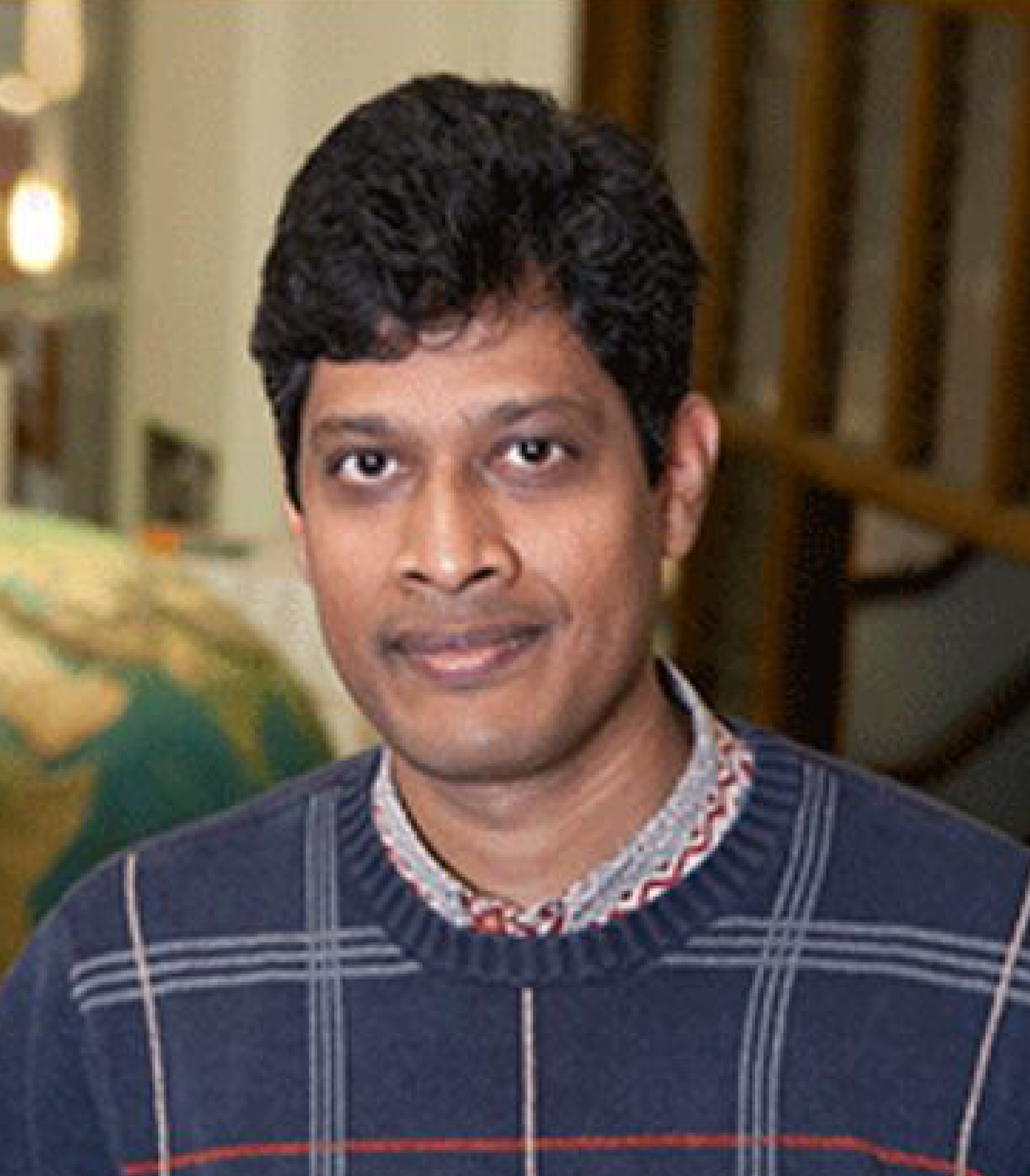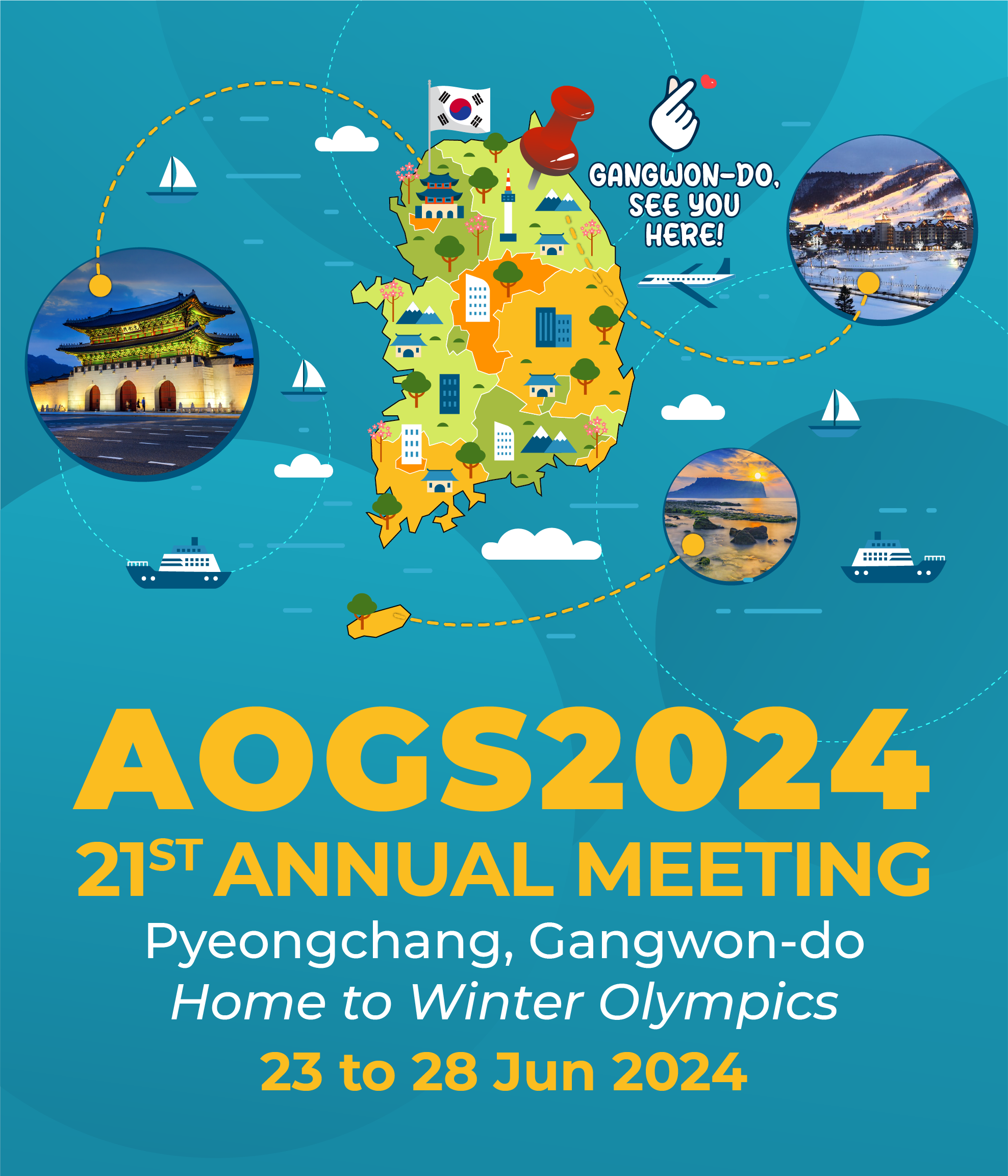
BG Distinguished Lecture | 24 Jun (Mon) 11:00 AM - 12:30 PM | Pyeongchang Hall III, Alpensia Convention Center

Satish C.B. MYNENI
Princeton University
Satish Myneni is a professor in the Department of Geosciences, and is also an affiliated faculty member in the Departments of Civil & Environmental Engineering, Chemistry, High Meadows Environmental Institute and the Andlinger Center for the Energy & Environment at Princeton University. His research focuses on the water-rock interactions, chemistry of soil and sedimentary organic matter, aquatic chemistry of contaminants and nutrients. He received his undergraduate education (Osmania University) and M.Sc and M.Tech (Indian Institute of Technology, Bombay & Kharagpur) in India, and PhD from The Ohio State University (USA).
Rises in Sea Levels and Changes in the Coastal Biogeochemical Processes
Global warming and associated changes in the sea levels worldwide is of a major concern for coastal communities. Because the population densities are large in the coastal regions, rises in sea levels directly impacts the coastal communities and their access to the natural resources. In addition to these major issues, rises in sea levels cause salt water intrusion into the freshwater aquifers and modifies soil biogeochemical processes significantly. Associated pore water salinity increases also lead to major changes to the plant ecosystem and death of many plant species. Such gradual conversion of freshwater ecosystems to salt-affected systems brings a significant additions of organic carbon to soils.
Several geochemical studies focusing on sea level rise have shown that the nutrient dynamics is significantly altered in the coastal ecosystems, which can lead to the contamination of water resources. Intrusion of saltwater into freshwater brings abundant salt and sulfate in contact with terrestrial soil organic matter. Our studies have shown that halogenated organic compounds are formed at a rapid rate from the reactions of salt with labile organic matter. Among different halogenated compounds, we find that brominated compounds are much more abundant than others. These bromination reactions can also be simulated in the laboratory microcosms with salt water and leaf litter and O-horizon soil samples. The rate of bromination is also much faster and occurs in a few minutes, implicating the involvement of abiotic reactions. We also found that volatile halomethanes are released at a rapid rate, and at 40-60 times more than the ambient levels. The halogenation reactions have major implications for water quality in the vicinity and the stratospheric ozone. The abundance of organic carbon is very high in the coastal systems, and the sea level rise has major impacts on the greenhouse gas emissions from these ecosystems. I present a summary of the expected biogeochemical changes in the coastal systems, and a summary of halogenation reactions in salt affected coastal ecosystems.
